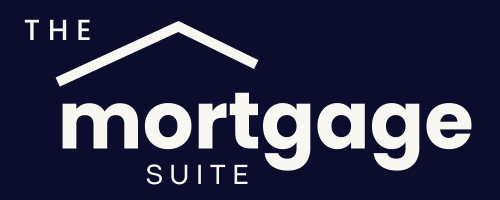A redraw facility is a feature of some home loans that lets you access extra repayments you’ve made on your mortgage. If you’ve been paying more than the minimum required each month, you may be able to withdraw those additional funds when needed.
Every extra dollar paid reduces your outstanding loan balance, which lowers the interest charged. For example, if you owe $500,000 on your mortgage and have $30,000 available in redraw, interest is calculated only on $470,000.
The redraw facility allows you to access these extra repayments. For instance:
If your minimum monthly repayment is $2,000 but you pay $2,500 instead, after 12 months you will have paid $6,000 extra ($500 x 12). With a redraw facility, you can withdraw up to $6,000 if required.
Redraw vs offset account
Both redraw facilities and offset accounts reduce the portion of your loan that incurs interest, but they work differently:
- Redraw facility: Extra repayments are added directly to your loan balance, lowering your loan and interest costs. If you withdraw funds later, your loan balance increases again, which may have tax considerations if the property is an investment.
- Offset account: This is a separate transaction account linked to your loan. The money in this account offsets your loan balance, reducing interest charged, but withdrawals behave like normal bank transactions rather than borrowing.
Another difference is that redraws might require approval or processing time, while offset accounts give you immediate access to funds.
Advantages of redraw
- Lowers interest costs — extra repayments reduce your loan balance and the interest charged.
- Encourages saving — funds aren’t as easily accessible as with an offset account, helping to reduce impulsive spending.
- Adds flexibility — you can access extra repayments instead of taking out other types of credit.
Considerations with redraw
- Access may be limited — some lenders impose withdrawal limits, conditions, or waiting periods.
- Less flexible than offset accounts — frequent access may be better served with an offset. Minimum withdrawal amounts may also apply.
- Possible fees — some lenders charge for redraw transactions.
What happens to redraw funds when the loan is paid off?
Once your loan is fully repaid, any remaining redraw balance might no longer be accessible. Some lenders automatically apply leftover redraw funds to repay the loan, while others may allow you to withdraw the remaining balance before closing the loan.
It’s important to check your lender’s policies to understand if a redraw facility suits your needs.
If you want to explore loan options with redraw features or other flexible repayment options, contact Mortgage Suite Baldivis for tailored guidance.





